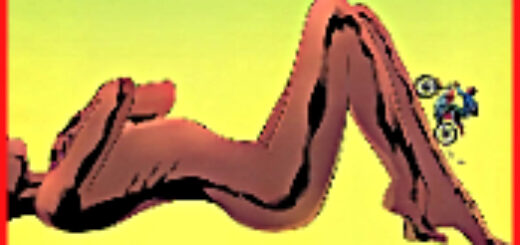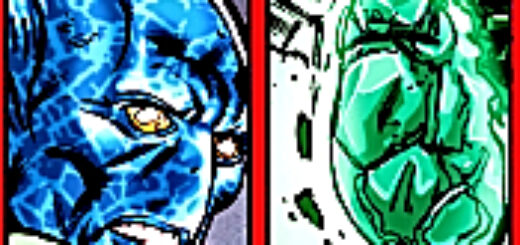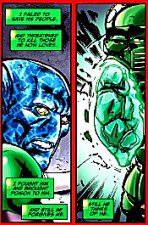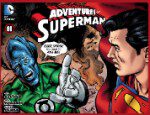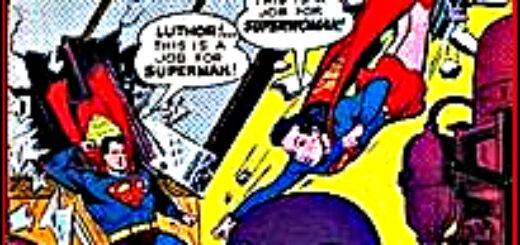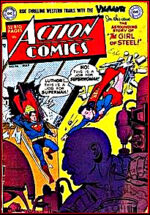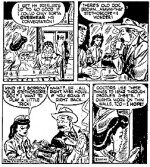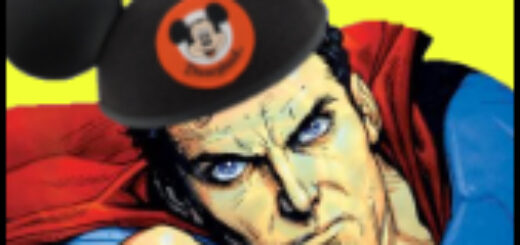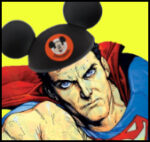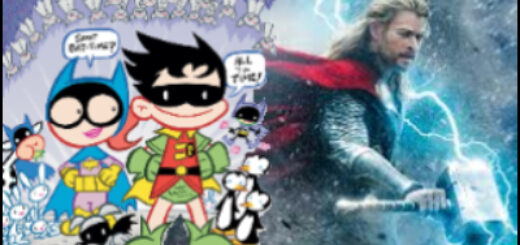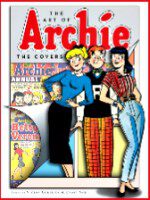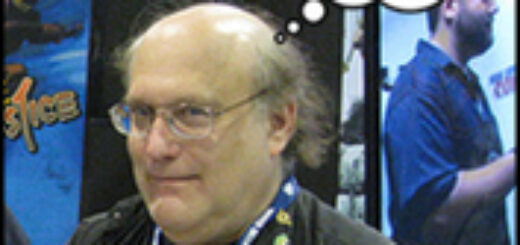Mike Gold: Top Comics Pulls of 2013
 You can tell when the year is coming to an end when media outlets start offering their various and sundry “best of” lists. We here at ComicMix are no exception, so for the third consecutive year, here’s mine.
You can tell when the year is coming to an end when media outlets start offering their various and sundry “best of” lists. We here at ComicMix are no exception, so for the third consecutive year, here’s mine.
I’ve changed from “Top 9” to my top comics pulls. This is because we no longer live in a world where any one character occupies only one title – yeah, I’m talking to you, Wolverine – and sometimes I want to note a series of character-related titles. Of the five I’m listing for 2013, three cover multiple titles. This doesn’t mean I won’t change back next year. Consistency is the hobgoblin on a small cerebral cortex.
I operate under the following self-imposed rules: I’m only listing series that either were ongoing or ran six or more issues. I’m not listing graphic novels or reprints as both compete under different criteria. I should do this as a separate piece, but I seem to have forgotten where I’ve put my memory pills. And, as always, I’m not covering Internet-only projects as I’d be yanking the rug out from under my pal Glenn Hauman, as you’ll see once again this March.
So, without further ado, my top comics pulls of the year.
Sex: Writer – Joe Casey, Artist – Piotr Kowalski, Publisher – Image Comics. I like Sex. I know lots of people who like Sex. Sex is good. Sex is great. O.K., I’m done now. This is a somewhat futuristic story about a rich semi-has-been living in Saturn City, and it’s another architecturally-driven series (hello, Mister X!). The protagonist is driven by his past who’s trying to get his act together and deal with a society that is quite unlike anything we’ve seen on this Earth. His antagonist is an ancient mobster with an unending sex life, one that gets our hero in trouble. Sitting squarely in the middle is the madam of a sex club that would have put the real Hellfire Club to shame. It’s a great journey, with the creators letting out the plot on a need-to-know basis. Ambitious stuff that actually pays off.
Hawkeye: Writer – Matt Fraction, Artists – David Aja and Annie Wu, Publisher – Marvel Comics. Our returning champion, this is about as far from a Marvel superhero title as one gets. It’s all about Clint Barton when he’s not working as an Avenger. It turns out his life is as screwed up as anybody’s in the Marvel Universe, but he’s not quite mature or grounded enough to pull his ashes out of the fire. He’s also got something of an estranged relationship with the female Hawkeye, a former Young Avenger. There’s plenty of action here, but this series is all about the characters and the issue of what, when he’s not on duty, is “normal” for a superhero.
Archie: Various writers and artists, Publisher – Archie Comics. While Marvel and DC are boring us to tears with endless reboots and mindless universe-changing highly contrived “events,” Archie Comics has been quietly taking their well-known characters on an evolutionary trip that, I think, would frighten the company’s founders. Archie Andrews is less interested in Betty Cooper and Veronica Lodge and has been spending a lot of time with Valerie Smith of Josie and the Pussycats. That’s a very big deal; for the better part of 75 years the Archie-Betty-Veronica triangle has been as sacrosanct as the Clark Kent-Lois Lane-Superman triangle. Jughead left home for about a year’s worth of issues. The cast continues to expand… and they continue to launch new titles, including Roberto Aguirre-Sacasa and Francesco Francavilla’s Afterlife With Archie, which may very well be the only storyline involving zombies that I enjoy any more.
Sex Criminals: Writer – Matt Fraction, Artist – Chip Zdarsky, Publisher – Image Comics. Well, lookie here. Another Image Comic with the word SEX in the title. And, damn, another good one too. This one is actually sexier than Sex, probably a bit funnier, and exceptionally compelling. Great character work, science fictiony in the classic sense, and pretty much capeless. Plus, it’s got the best recap page ever.
The Shadow: Various writers and artists, Publisher – Dynamite Comics. When I learned how much this license was going for, I figured whomever got it would have to publish multiple titles each month in order to pay the freight. I was right, but I didn’t predict most of them would be really damn good. My favorite of the bunch is Shadow Year One, by Matt Wagner and Wilfredo Torres. There is also Chris Roberson and Andrea Mutti’s The Shadow, offering traditional 1930s-era stories, and The Shadow Now by David Liss and Colton Worley and set in contemporary times. These books do not contradict each other. There’s also a mini-series or two that usually involves other pulp heroes, legendary and original, which dominate Dynamite’s expanding line.
Batman Li’l Gotham: Story and art – Dustin Nguyen and Derek Fridolfs, Publisher – DC Comics. I’ve waxed on and on about how much I like DC’s original online comics, and most of them are quickly reprinted in traditional comic book format. Batman Li’l Gotham is my favorite of the bunch. Unlike what one might expect from the name of the book and from the artist approach, my friends at Aw Yeah! Comics have no fear of competition here. The characters are… little… and the approach is kid-friendly, but the stories are clever, entertaining and involving, and the stories aren’t padded out like most superhero books these days. The whole BatCast is featured, as are plenty of other DC Universe characters. All are unburdened by whichever version of the Official Continuity that DC may or may not be following these days.
There are plenty of other titles I would recommend, but these are the ones I pick as the ones you should check out tomorrow. Of course, your mileage may vary but, damn, finding good new stuff is why we’re comics fans in the first place.
THURSDAY AFTERNOON: The Tweeks!
FRIDAY MORNING: Martha Thomases

